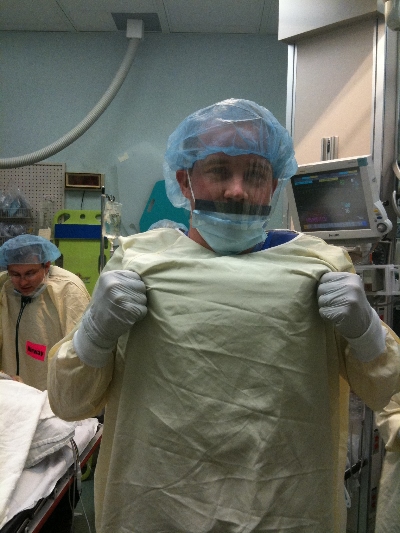Management of chest tubes is one of those clinical situations that are just perfect for practice guideline development: commonly encountered, with lots of variability between trauma professionals. There are lots of potential areas for variation:
- How long should the tube stay in?
- What criteria should be used to determine when to pull it?
- Water seal or no?
- When should followup x-rays be done?
Every one of these questions will have a very real impact on that patient’s length of stay and potential for complications.
We developed a chest tube clinical practice guideline (CPG) at Regions Hospital way back in 2004! Of course, there was little literature available to guide us in answering the questions listed above. So we had to use the clinical experience and judgment of the trauma faculty to settle on a protocol that all were comfortable with.
Ultimately, we answered the questions like this:
- The tube stays in until three specific criteria are met
- The criteria are: <150 cc drainage over 3 shifts, no air leak, and no residual pneumothorax (or at least a small, stable one)
- Use of water seal is predicated on whether there was ever an air leak
- An x-ray is obtained to determine whether any significant pneumo- or hemothorax is present prior to pulling the tube, and 6 hours after pulling it
This CPG has been in effect for over 15 years with excellent results and dramatically shortened lengths of stay. However, as with any good practice guideline, it needs occasional updates to stay abreast of new research literature or clinical experiences. We recognized that occasional patients had excessive drainage for an extended period of time. This led us to limit the length of time the tube was in to seven days. And we also noted that a few patients had visible hemothorax on their pre-pull imaging. These patients were very likely to return with clinical symptoms of lung entrapment, so we added a decision point to consider VATS at the end of the protocol.
I’ll share the full protocol tomorrow and provide a downloadable copy that you can modify for your own center. I’ll also give a little more commentary on the rationale for the key decision points in this CPG.
Related posts:

